Get Organized: First Aid, Emergency and Medical Supply Checklist
http://decor-ideas.org 08/19/2013 20:50 Decor Ideas
If someone in your home got sick or injured today, or if there was a natural disaster (knock on wood), would you have everything you need to care for yourself and the other members of your household? If you haven't peeked in your medicine chest in recent memory, or simply haven't gotten around to putting your emergency supplies together, here's what to include in your kits, where to store them and how to maintain them properly. It's sort of like having your teeth cleaned — you will feel good when it's done.
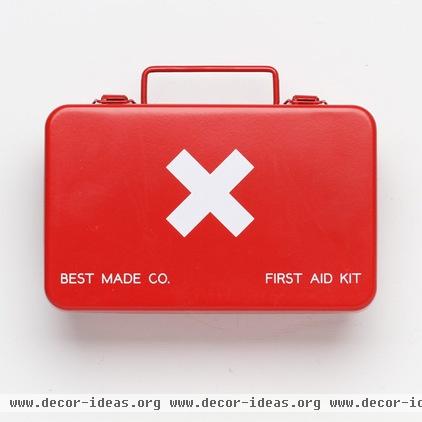
Metal First Aid Kit, Small - $48.00 » 1. First-aid kit. Too much stuff can be confusing to sort through in an emergency. Keep your supplies streamlined and well organized, and take the time to get familiar with each item in your kit before you need them.
Taking a first aid and CPR course from your local Red Cross is smart, particularly for those with kids or elders in the house.
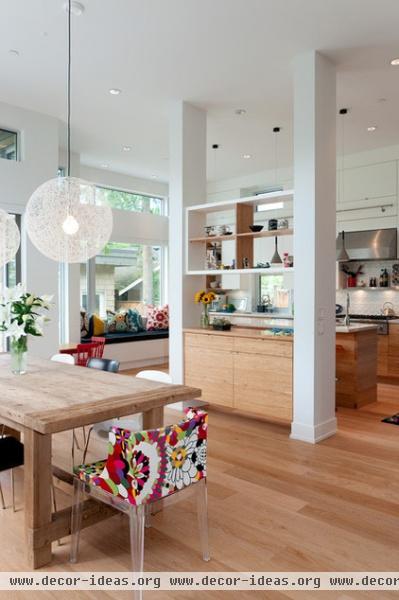
Where to store it: Keep your first-aid supplies in a centrally located place (such as the kitchen or mudroom) for easy access in an emergency, and make sure every member of the household knows where it is.
If you have young children in the home, store it up high. For homes with both young and older kids, show the older children how to use a stepladder to retrieve the kit if needed, stressing that it is for emergencies only, and is not a toy.
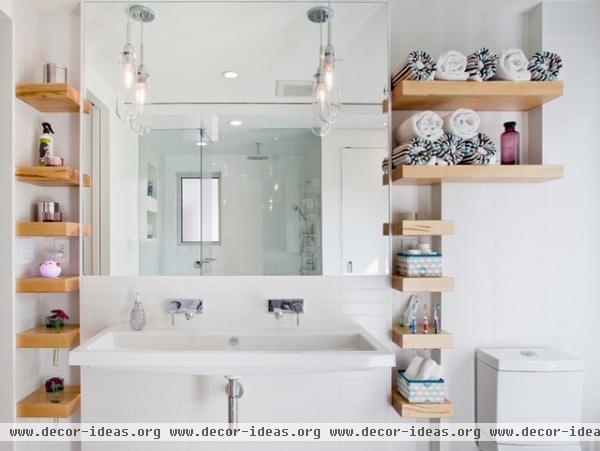
What to include: In addition to any personal medications (inhaler for asthma, etc.), consider adding the following items to your kit. Bandages in assorted sizesAbsorbent compressesSterile gauze padsAntiseptic wipesCloth tapeAntibiotic ointmentSpace blanketNon-latex gloves (in case of allergy)ScissorsTweezersThermometerInstant cold compressRoller bandageHydrocortisone ointmentFirst aid bookletSee the Red Cross for a complete list.
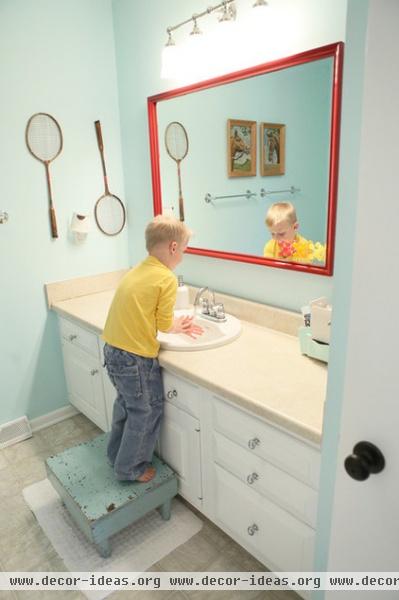
2. Medical kit. Being prepared for common illnesses, aches and pains can save a lot of hassle and midnight drugstore runs. Check expiration dates on your prescription medications, and return leftovers to the pharmacy (call ahead: most will accept them). Medications flushed down the toilet can enter our water supply; be on the safe side and take the time to dispose of them properly.

Where to store: Humidity and heat can damage ingredients in most medications, so do not store them in the medicine cabinet, which tends to be humid. Try a hall closet or high kitchen cupboard (away from the stove) instead. If you have medications that must be refrigerated, and you have kids at home, store them in a locked box in the fridge to prevent accidental ingestion.
Because both over-the-counter and prescription medications can be dangerous when not taken as intended, it is best to keep them high and hidden, whether or not you have kids in the house. Safely dispose of unused, unneeded and expired medications.
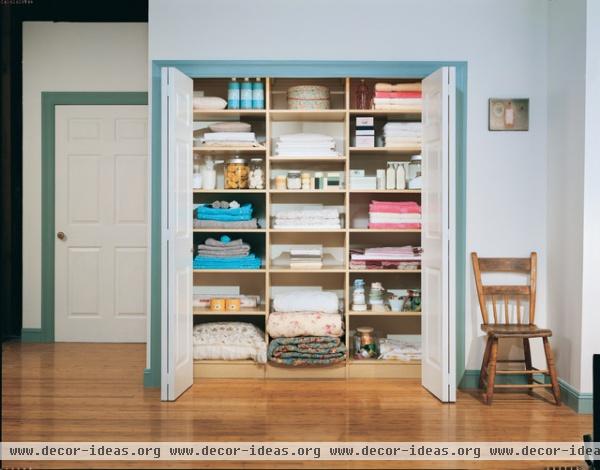
What to include: Consider keeping the following items in your medical kit.
Antibiotic ointmentBand-AidsTweezersFever reducers and pain relieversAspirinThermometerRubbing alcoholHydrogen peroxideAntacidsAntihistaminesAnti-itch lotionLaxativesAnti-diarrhea medicationCold, cough and flu medicationsYou may wish to consider adding some natural remedies that serve the same purpose as one or more of the items above. Consult your health care practitioner for more ideas.
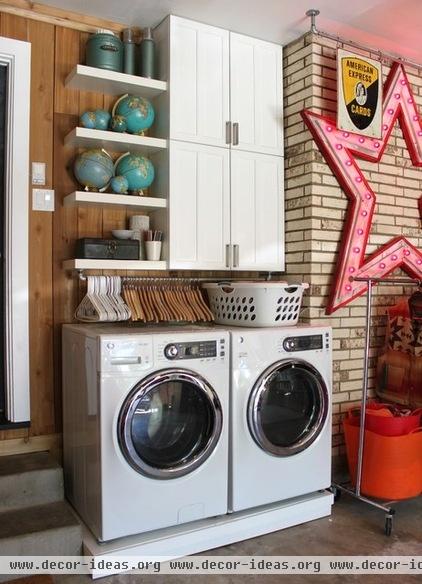
3. Emergency preparedness kit. If you've been putting off creating an emergency kit, make a point of doing so soon. Be prepared!
Where to store: Don't hide your kit so deep in the basement or garage that you can't find it when you need it. In the garage near the back door, in a coat closet near the front door or in the pantry are all good choices.
Storing your supplies in a brightly colored backpack is a smart choice, as it can easily be found and toted along if you ever needed to evacuate your home.
How to be prepared for an emergency evacuation
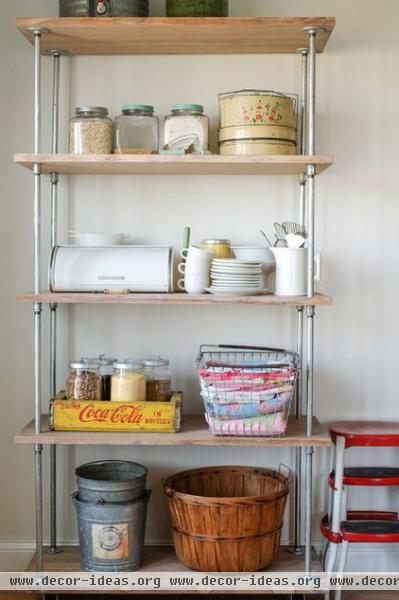
What to include: The quickest and easiest way to ensure you have a well-stocked emergency kit is to order one from the Red Cross store. If you want to create your own, consult the list on the kit they offer, and gather the items yourself.
Supplement your basic kit with personal items you would want in an emergency: medications, favorite shelf-stable foods, a change of clothes for each person in the house, pet food, plus something to read, play or do. Finally, tuck in a list of emergency numbers and a solar charger for your cellphone.

4. Supplemental kits for pets, car and more. Depending on your lifestyle (city dwellers may not need a car kit) and household (pets or not) you may want to put together a few smaller kits tailored to your needs. Homes with kids may want to keep a spare first-aid kit in the backyard or favorite play space where injuries are likely to occur, while very large homes may require several first-aid kits.
Maintaining your kits: Try to tie in maintaining your medical and emergency kits with another chore you do every six months or so, such as steam-cleaning your carpet or inspecting your gutters. Check for and dispose of expired items, and replace as necessary. Then give yourself a big pat on the back and revel in the feeling of being prepared.
More: How to pick an emergency generator
Related Articles Recommended












